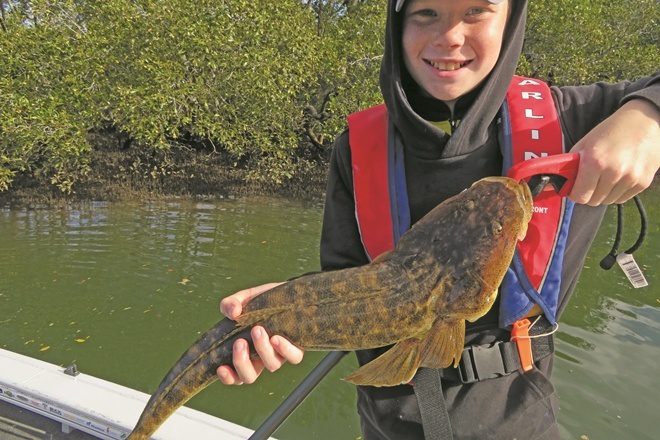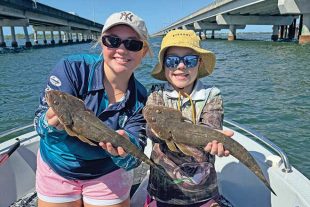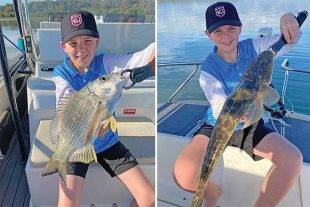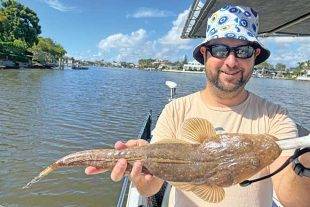In spring, the bigger flathead move towards the estuary entrances to spawn, while in winter flatties are very much available, provided you know where and when to look. During winter, fish tend to head upstream seeking out warmer shallow waters. trolling soft plastics flathead
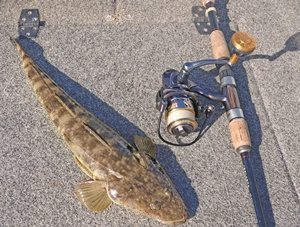
Trolling with plastics
Trolling is simply towing a lure or bait behind your boat with your engine in gear. The slower the better for fish such as flathead – at or about a slow walking pace. Trolling took a bit of a back seat to casting soft plastics for the first decade or so of the millennium, but it’s now back in vogue, albeit there are less trollers these days than in the 1990s.
However, it can be very productive, is a great way of finding schools of fish and it can be carried out in water from 60-80cm, or deep enough for the hull to move along to depths of 6m or more, with deep diving hard-bodies. There are two key trolling techniques – using soft plastics and using hard-bodies. In this article, I’m going to concentrate on trolling plastics. trolling soft plastics flathead
Trolling plastics is the lesser known of the flathead trolling styles but it can be productive. Trolling plastics is best done in very shallow water of less than 1m, or 1.2m at most. In shallow water of 60-90cm where the propeller is just clearing the sand, you can troll soft plastics on light jig heads of about 1/8 to 1/6oz behind your boat, and as short as only 10m from the boat.
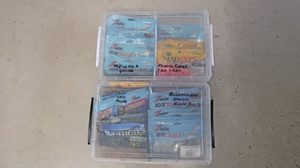
I have employed this technique successfully in quiet estuary bays with muddy or sandy bottoms. In fact, the motor hitting and stirring the bottom from time to time acts as a berley trail and seems to draw the attention of fish to the trolling lures. In slightly deeper water of around 90-120cm, you are better off using heavier jig heads around 3/8oz or so to get the lure down deeper. trolling soft plastics flathead
 Bush ‘n Beach Fishing Magazine Location reports & tips for fishing, boating, camping, kayaking, 4WDing in Queensland and Northern NSW
Bush ‘n Beach Fishing Magazine Location reports & tips for fishing, boating, camping, kayaking, 4WDing in Queensland and Northern NSW

